Porsche 356 75th Anniversary
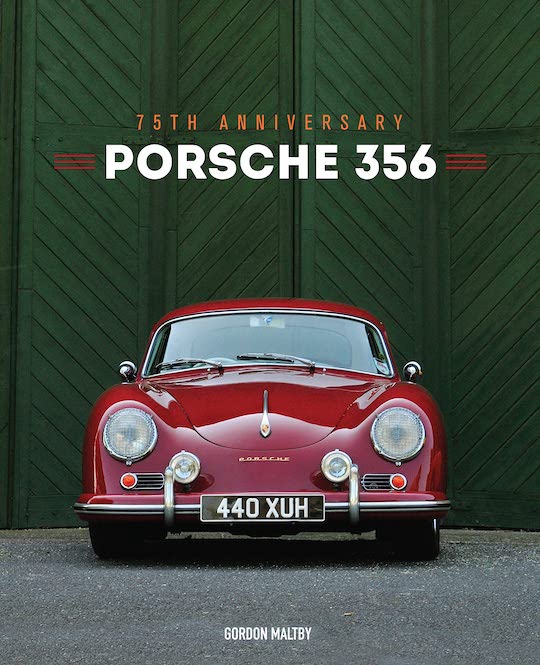 by Gordon Maltby
by Gordon Maltby
Porsche 356 tells of virtually every facet—and in considerable detail—about the evolution of this carline over the seventeen years it was produced. Included as well are the business affairs and growth of its parent, the company Porsche, for 356 was its first production model. At the time Porsche was a virtual unknown seeking to find its way following World War II and doing so from Austria and Allied-occupied Germany at that.
The history is lucidly told and well illustrated as author Gordon Maltby, a Porsche enthusiast and editor of the 356 Registry as well as of earlier books, is well familiar with his subject. His straightforward writing tells the story chronologically imparting the changes implemented as company growth permitted for it needed to be ever cognizant of not outspending its financial resources—walking that proverbial tightrope. Unlike most recent Porsche titles, 356 doesn’t limit itself to just verbally describing the engineering specifics, it shows them too reproducing over twenty factory schematics, drawings, and cutaways such as the one you see here:
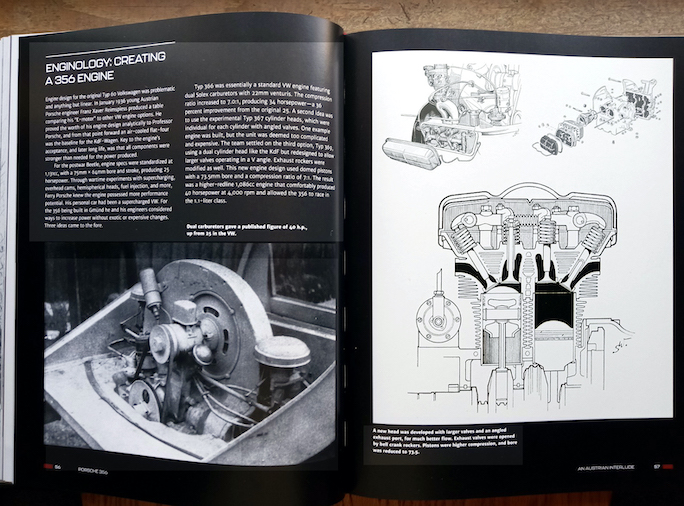
The very earliest 356 coupes were alloy-bodied. By the time assembly of cars to be retailed began, the bodies were of steel due to various considerations including reduced production costs. That left the lighter weight aluminum coupes predominately used for racing, often referred to as sport light. At this point your commentator learned a fine point, a nuance, of the German language because another book being read spelled it “sport leicht” where Maltby wrote “licht.” As was explained to me, both translate to “light” but licht refers specifically to illumination, as from a light bulb or the sun, whereas “leicht” means light in weight.
Early in the 1950s Porsche was seeking the money to expand its manufacturing facility to support the growing sales. An unexpected contract from an American car maker asking Porsche to develop a smaller car to add to it lineup helped to the tune of half-a-million dollars. Porsche fulfilled its contract providing Studebaker with a prototype but by then Studebaker’s already shaky financial situation had become dire and it would soon be absorbed by Packard while Porsche forged ahead.
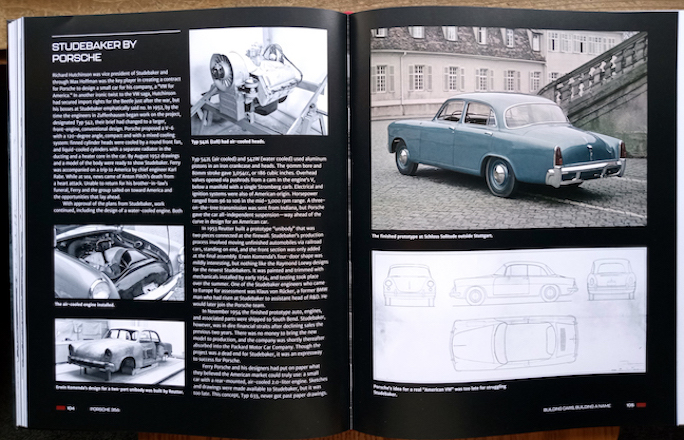 America would figure large in Porsche’s fortunes in another way as Max Hoffman, Porsche’s first North American distributor, continued to aggressively increase his business. By the mid-1950s the US had become Porsche’s largest market by far. And “In April 1954 a [Frank Lloyd] Wright-designed auto showroom was announced [by Hoffman] for Park Avenue at Fifty-Sixth Street. By the time it was completed in May 1955, the project was late and over budget (typical with Wright), and it no longer featured Jaguars. Hoffman had ended the relationship with Jaguar’s William Lyons in a rancorous tiff over his taking on the Mercedes-Benz line.”
America would figure large in Porsche’s fortunes in another way as Max Hoffman, Porsche’s first North American distributor, continued to aggressively increase his business. By the mid-1950s the US had become Porsche’s largest market by far. And “In April 1954 a [Frank Lloyd] Wright-designed auto showroom was announced [by Hoffman] for Park Avenue at Fifty-Sixth Street. By the time it was completed in May 1955, the project was late and over budget (typical with Wright), and it no longer featured Jaguars. Hoffman had ended the relationship with Jaguar’s William Lyons in a rancorous tiff over his taking on the Mercedes-Benz line.”
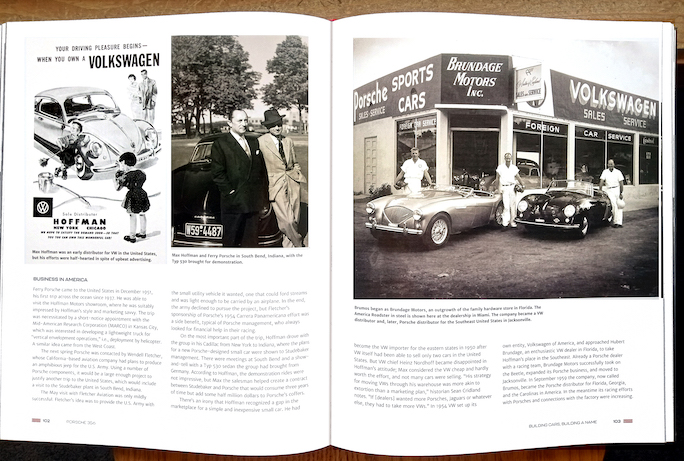
Max Hoffman is shown on left hand page standing beside Ferry Porsche. On the facing page is Brundage Motors in Jacksonville, Florida, which was already actively fielding its own race team when it accepted an invite to became the Porsche and VW distributor in the southeastern part of the US. Soon it would rename itself Brumos.
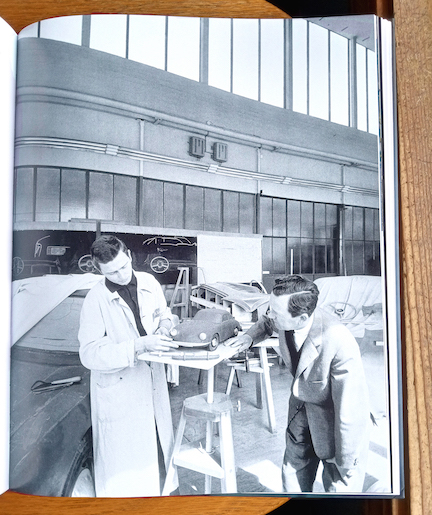
Ferdinand “Butzi” Alexander on left and Ferdinand Alexander “Ferry” Porsche are shown looking at and discussing bumper designs for what would become the 356 B generation of 356s.
Telling the 356 story through its various iterations, with each incorporating evolutionary improvements over the previous one, is a grand story that, of course, forms the early years of Porsche’s now three-quarter of a century history. Maltby concludes the 356 story by sharing a bit about the 911’s that were on the horizon to succeed it as well as a chapter covering “The Other Porsches” and then a nostalgic, primarily photographic overview of the 356s from the perspective of today titled “The 356, A Car for the Ages.”
Publisher Motorbooks, an imprint of Quarto, has produced a book worthy of Gordon Maltby’s words and the images he assembled with which to illustrate. There’s an excellent Index too that your reviewer utilized frequently while writing the foregoing.
Copyright 2023 Helen V Hutchings, SAH (speedreaders.info)


 RSS Feed - Comments
RSS Feed - Comments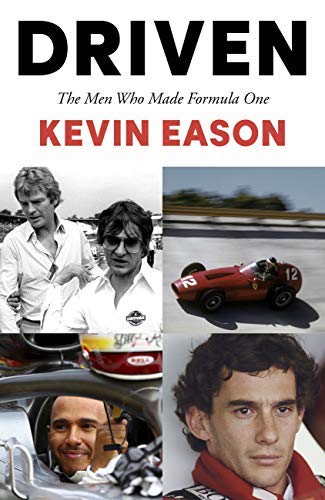

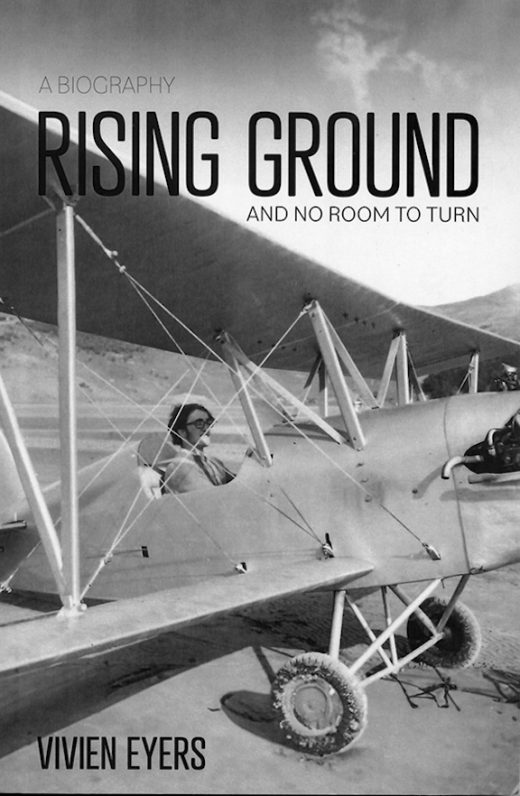

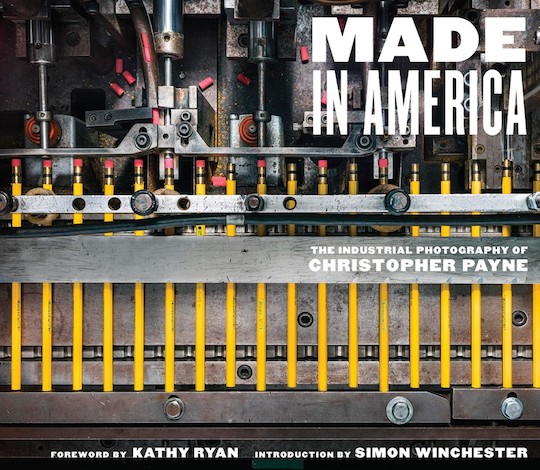


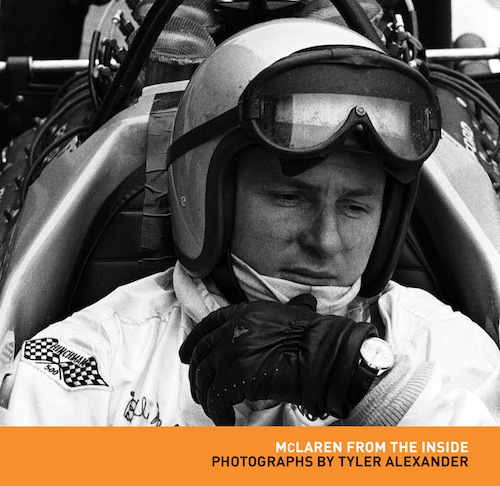
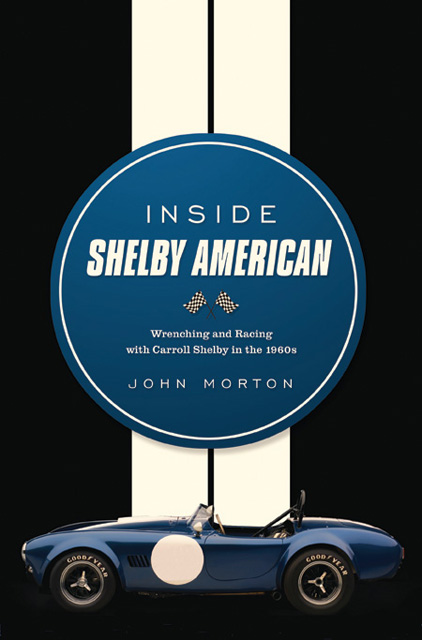
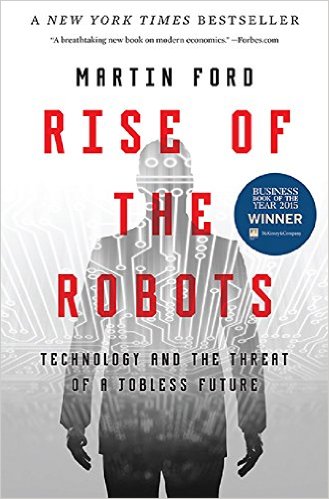
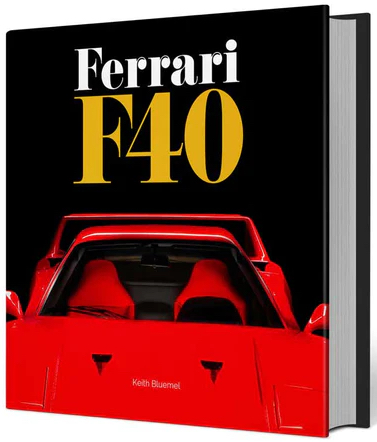

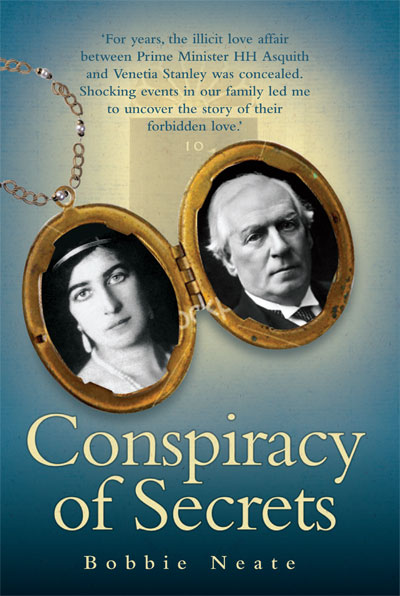
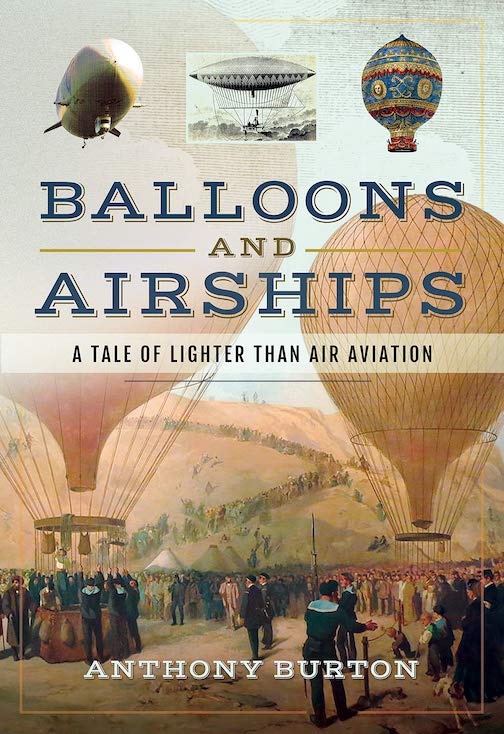
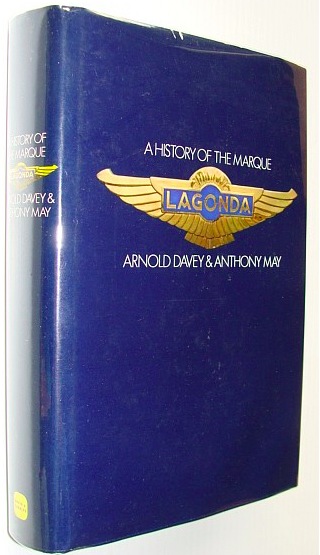
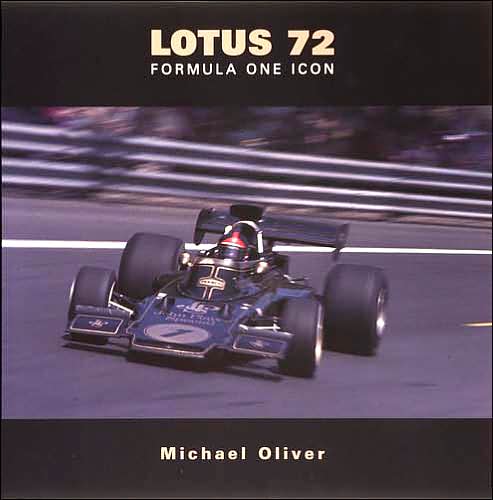
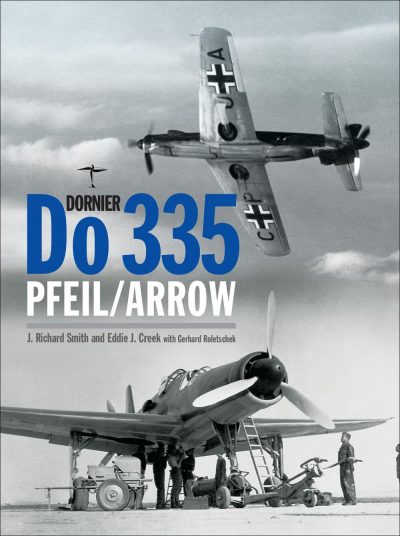


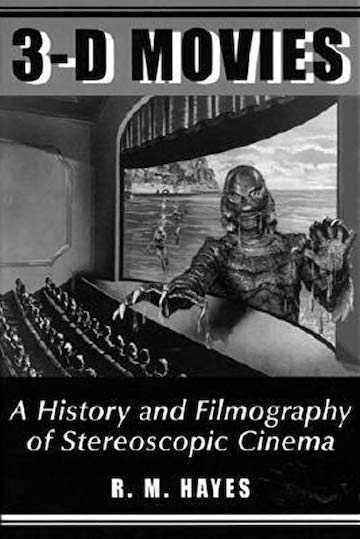
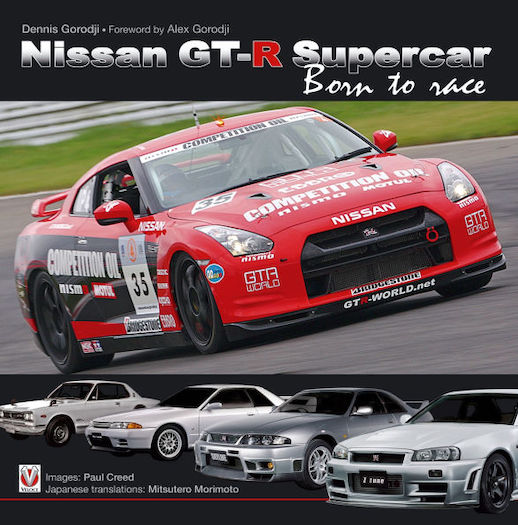
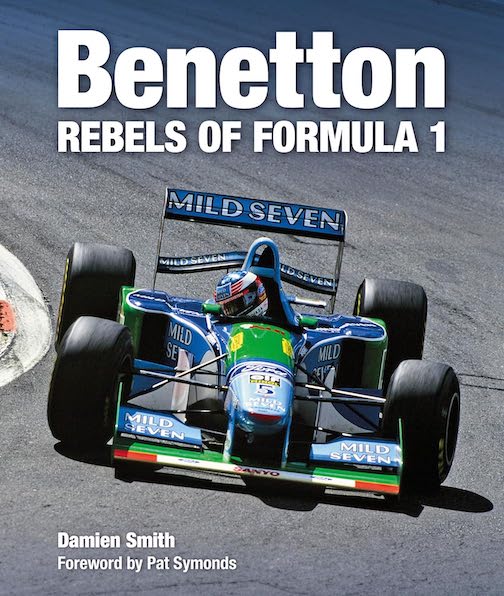
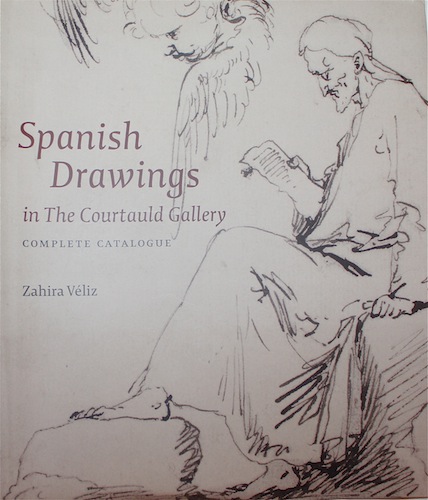

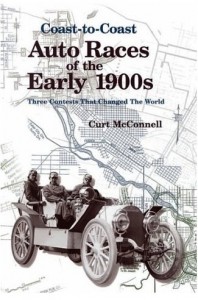


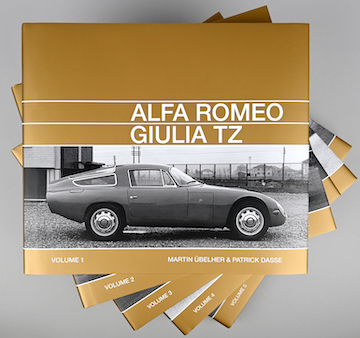
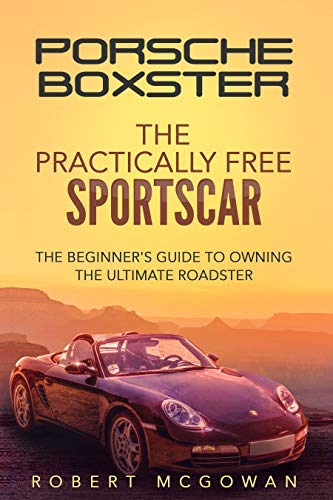
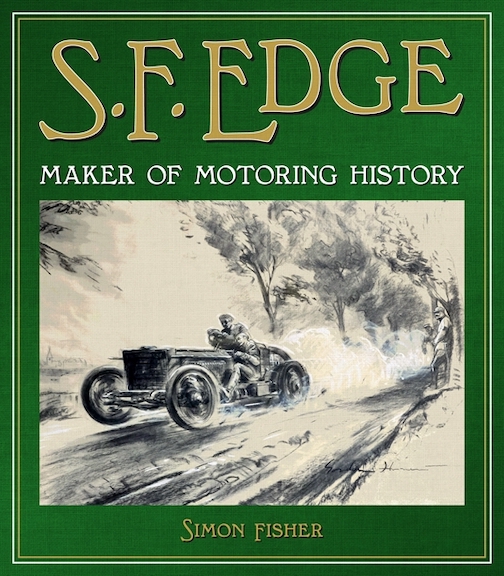


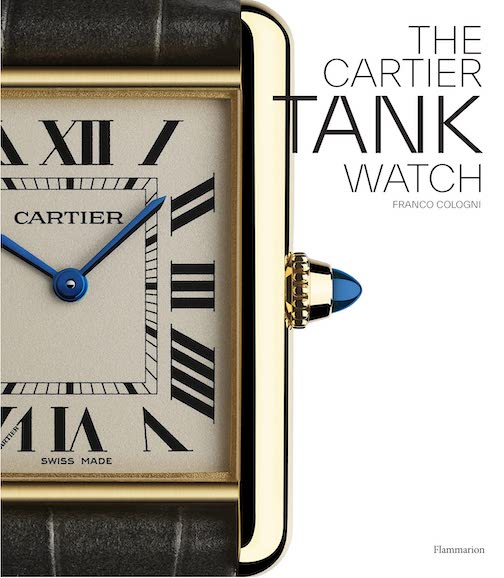
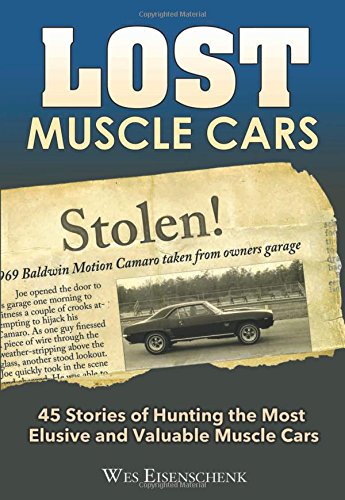


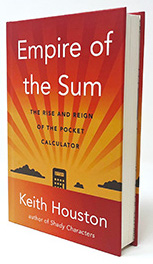
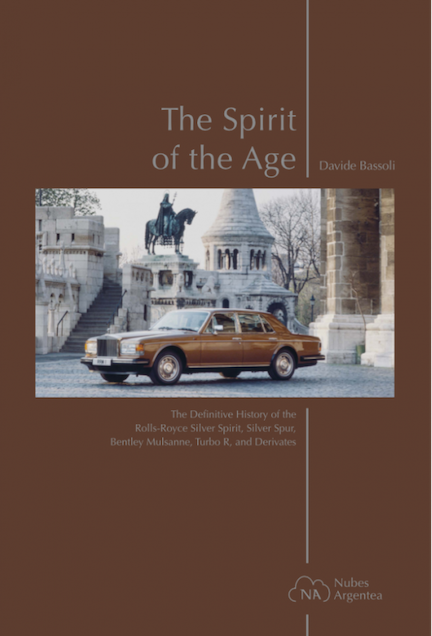
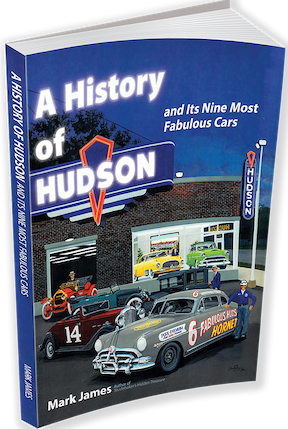
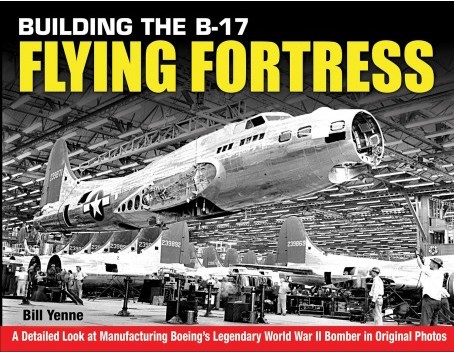
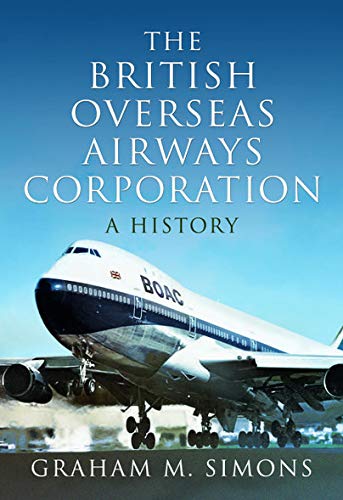
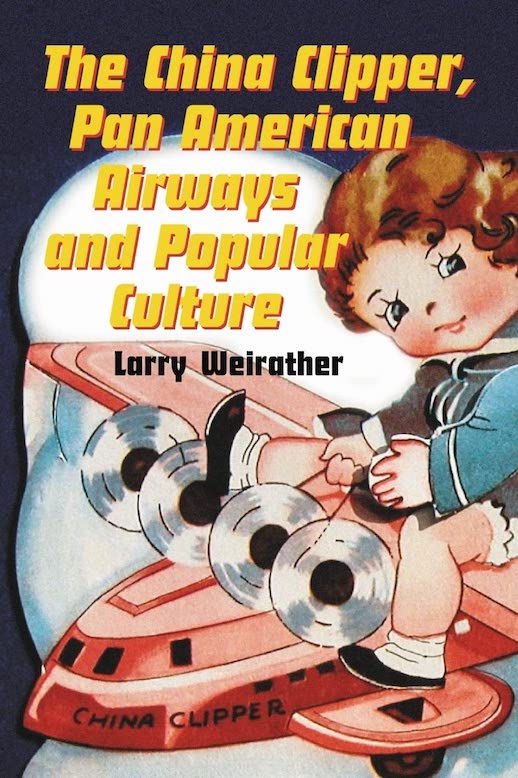
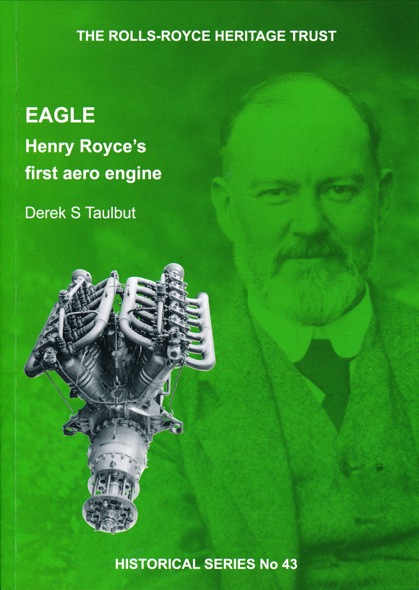
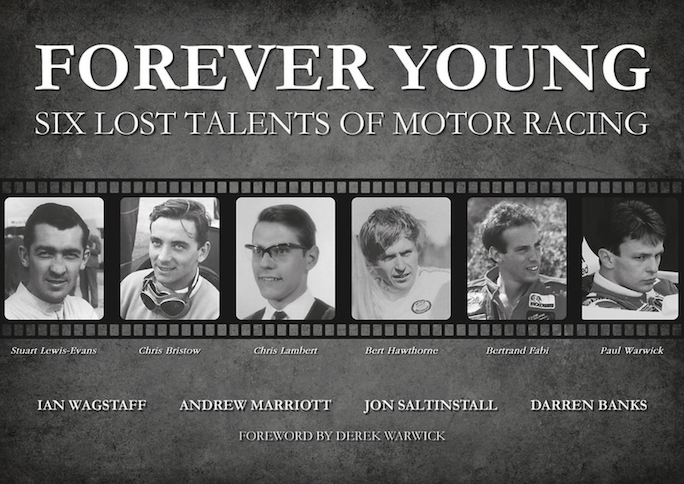
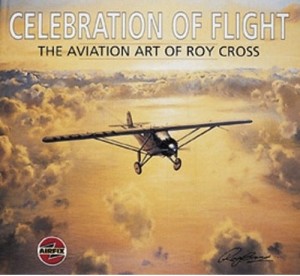

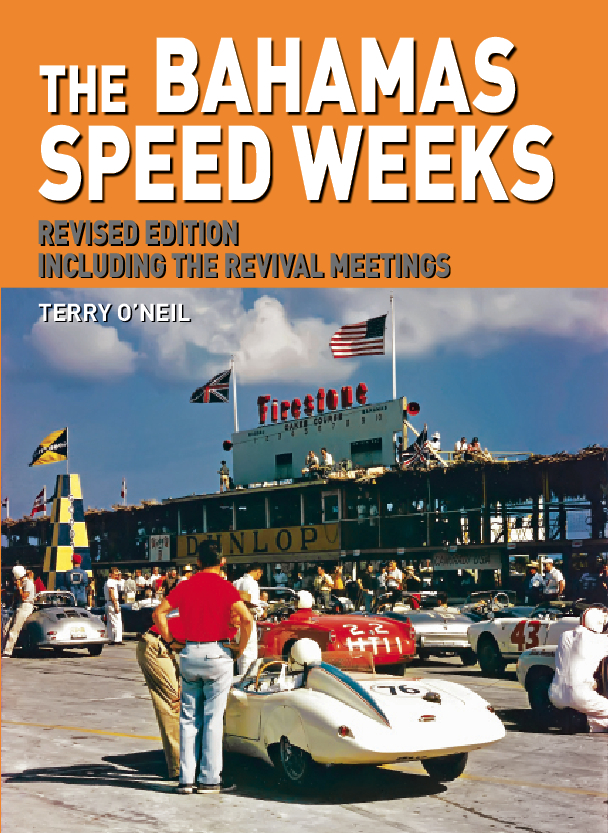

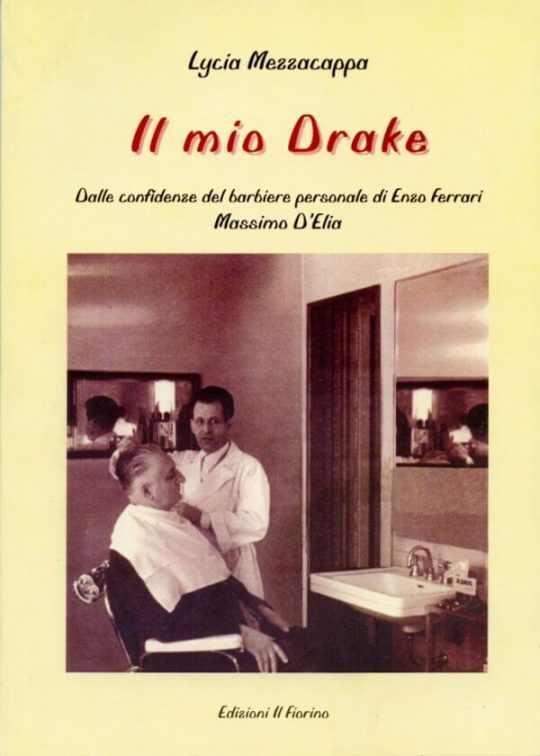
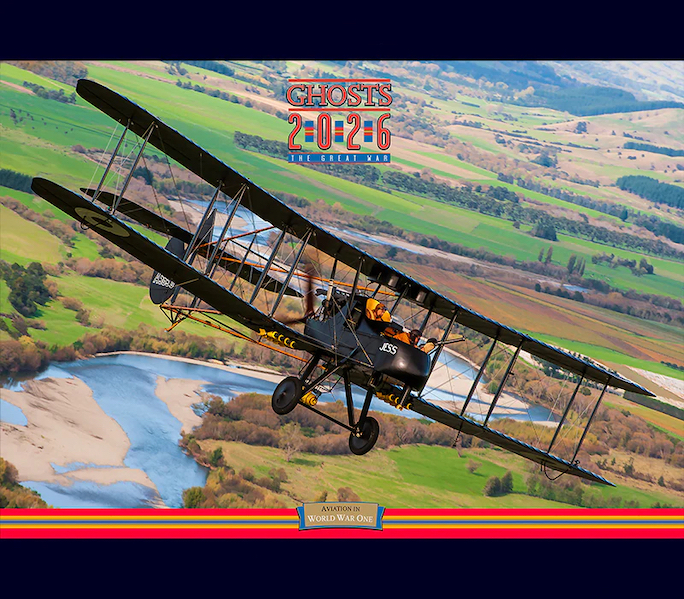

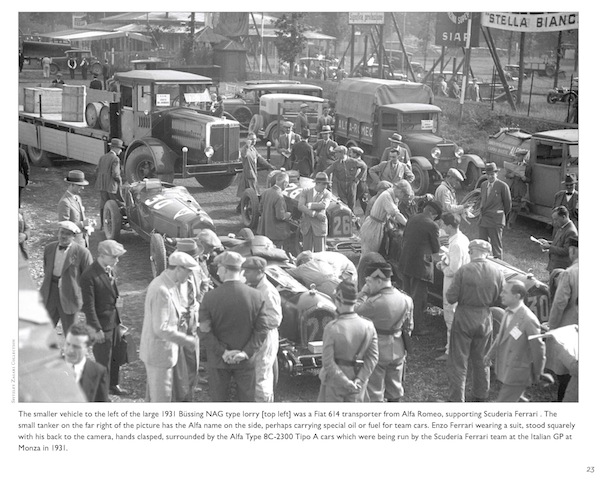
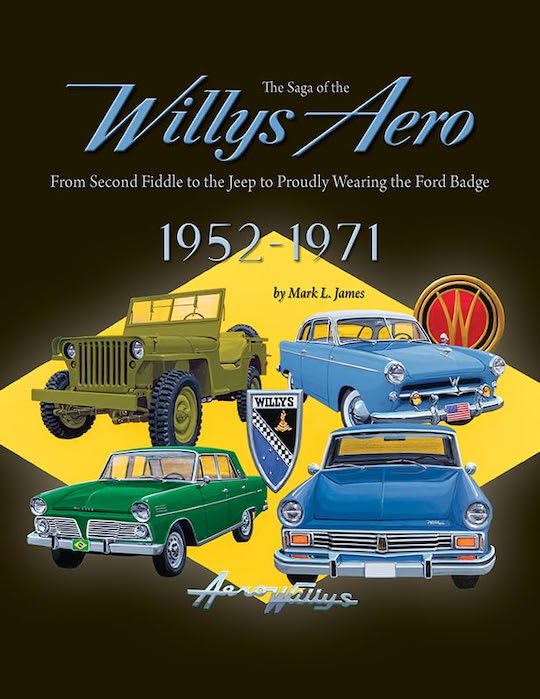

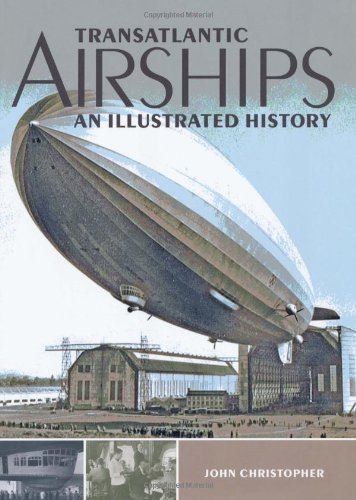

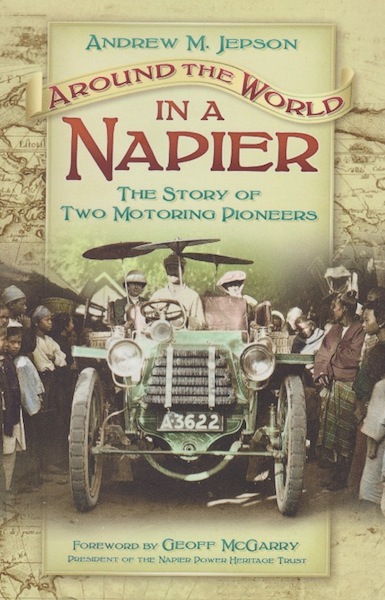
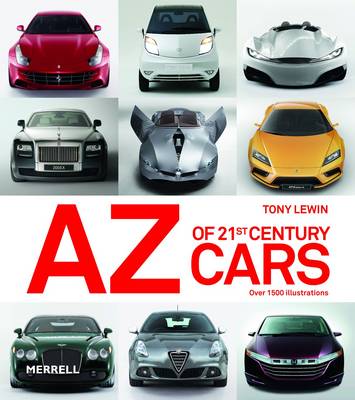


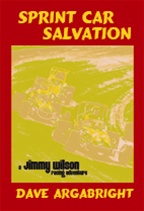
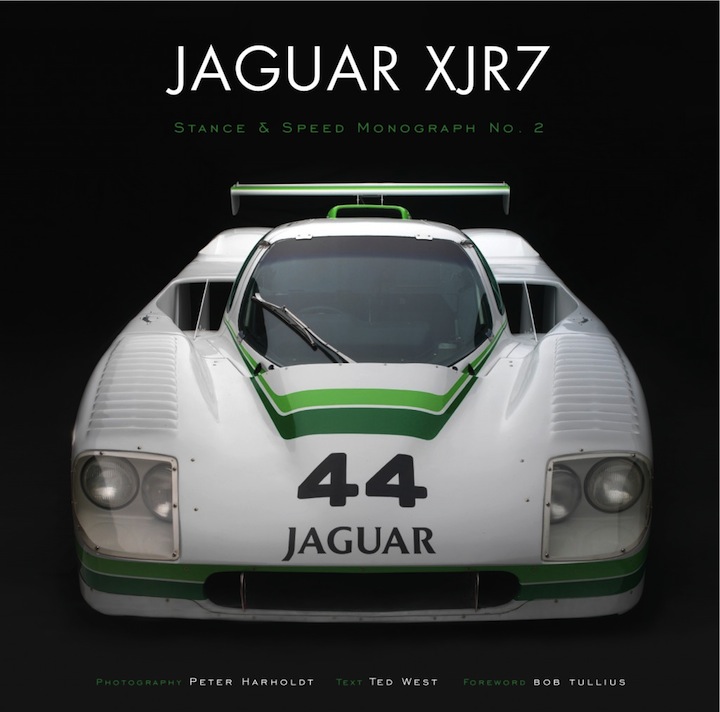
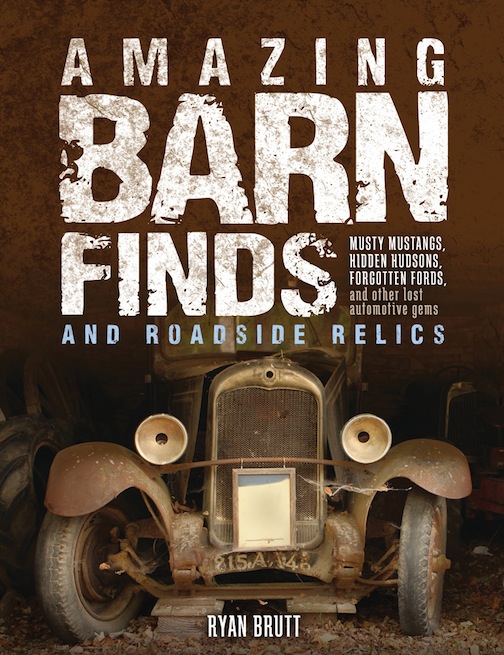
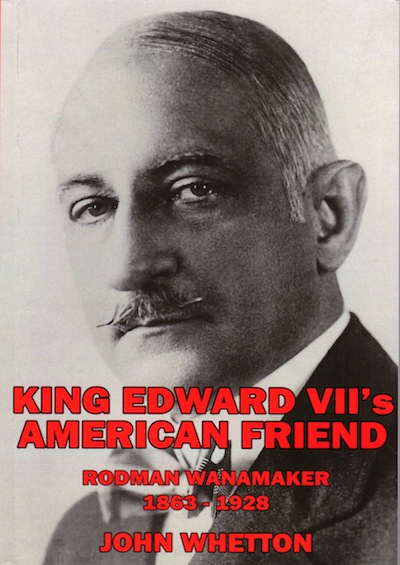
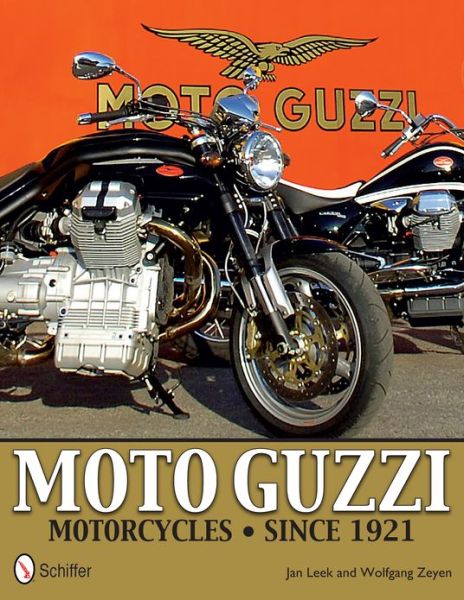
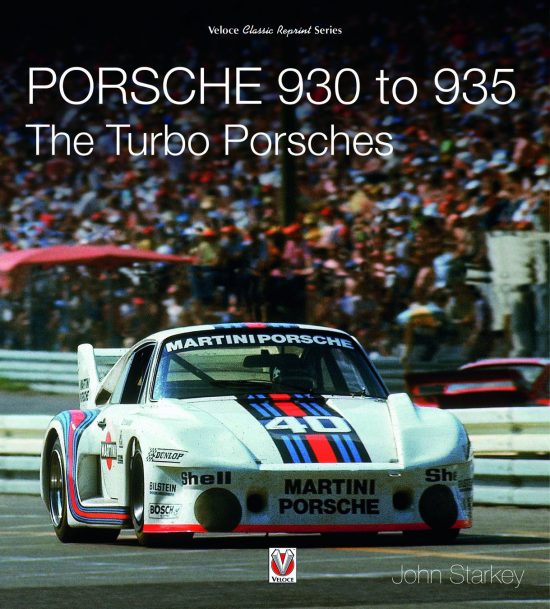
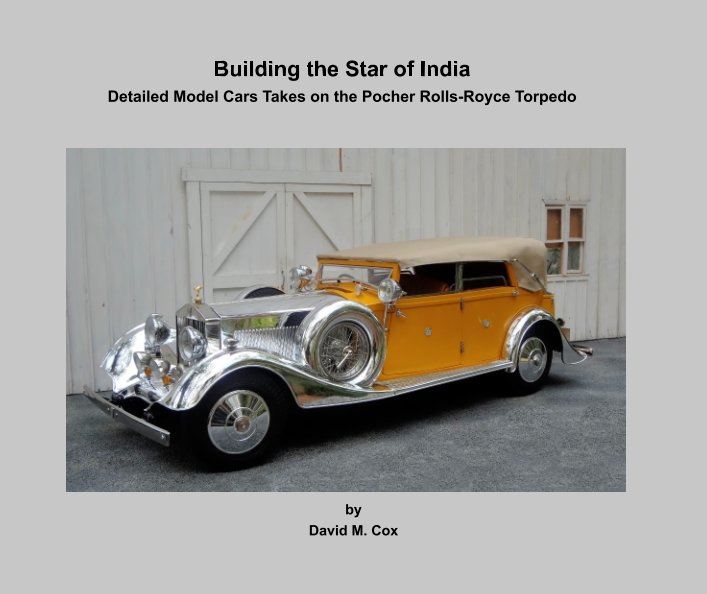
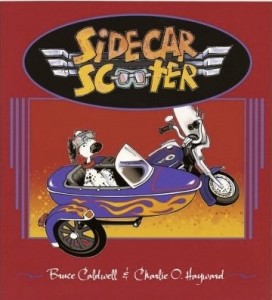


 Phone / Mail / Email
Phone / Mail / Email RSS Feed
RSS Feed Facebook
Facebook Twitter
Twitter